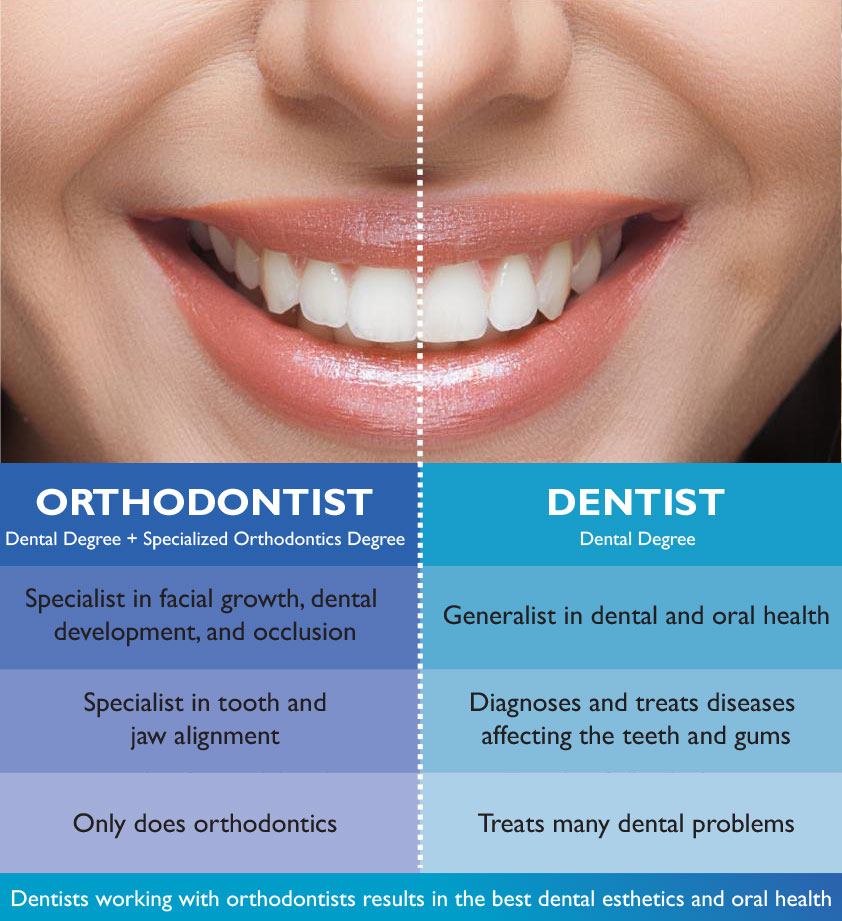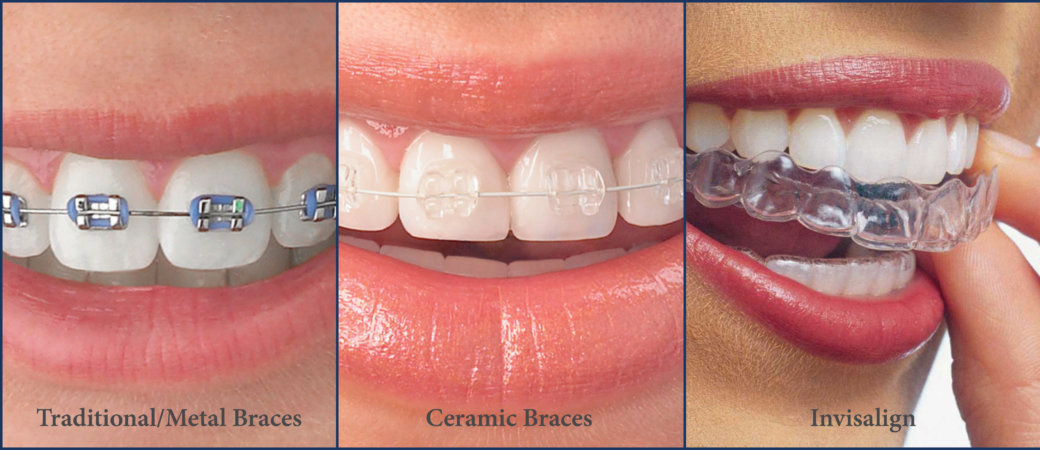All About Causey Orthodontics
Table of Contents6 Easy Facts About Causey Orthodontics DescribedNot known Facts About Causey OrthodonticsThe Facts About Causey Orthodontics UncoveredThe Of Causey OrthodonticsThe Single Strategy To Use For Causey Orthodontics
Overlooking occlusal partnerships, it was normal to eliminate teeth for a variety of oral concerns, such as malalignment or overcrowding. The concept of an undamaged teeth was not extensively valued in those days, making bite correlations appear pointless. In the late 1800s, the concept of occlusion was crucial for producing trustworthy prosthetic replacement teeth.As these principles of prosthetic occlusion progressed, it came to be a very useful tool for dental care. It was in 1890 that the job and impact of Dr. Edwards H. Angle started to be felt, with his payment to modern-day orthodontics especially noteworthy. Focused on prosthodontics, he showed in Pennsylvania and Minnesota before routing his attention in the direction of dental occlusion and the treatments required to keep it as a typical condition, therefore ending up being known as the "papa of modern orthodontics".

The idea of perfect occlusion, as postulated by Angle and integrated into a category system, enabled a change in the direction of treating malocclusion, which is any type of deviation from typical occlusion. Having a full collection of teeth on both arches was extremely sought after in orthodontic therapy because of the demand for specific relationships between them.
The Best Strategy To Use For Causey Orthodontics
As occlusion ended up being the key top priority, facial proportions and visual appeals were disregarded - orthodontist expert. To attain excellent occlusals without utilizing exterior pressures, Angle proposed that having excellent occlusion was the best way to acquire optimal facial appearances. With the passing away of time, it came to be fairly obvious that also a remarkable occlusion was not appropriate when taken into consideration from an aesthetic point of sight
Charles Tweed in America and Raymond Begg in Australia (that both studied under Angle) re-introduced dentistry extraction right into orthodontics throughout the 1940s and 1950s so they might enhance face esthetics while additionally guaranteeing better security worrying occlusal relationships. In the postwar period, cephalometric radiography started to be made use of by orthodontists for measuring adjustments in tooth and jaw setting created by development and treatment. It became apparent that orthodontic therapy can readjust mandibular development, leading to the formation of functional jaw orthopedics in Europe and extraoral force measures in the US. These days, both functional home appliances and extraoral devices are applied around the world with the aim of amending growth patterns and types. Subsequently, seeking true, or a minimum of enhanced, jaw partnerships had actually come to be the major objective of therapy by the mid-20th century.
What Does Causey Orthodontics Do?
 The American Journal of Orthodontics was produced for this objective in 1915; prior to it, there were no clinical objectives to adhere to, nor any exact classification system and braces that lacked functions. Till the mid-1970s, braces were made by covering steel around each tooth. With improvements in adhesives, it came to be possible to rather bond steel brackets to the teeth.
The American Journal of Orthodontics was produced for this objective in 1915; prior to it, there were no clinical objectives to adhere to, nor any exact classification system and braces that lacked functions. Till the mid-1970s, braces were made by covering steel around each tooth. With improvements in adhesives, it came to be possible to rather bond steel brackets to the teeth.This has actually had purposeful effects on orthodontic therapies that are administered routinely, and these are: 1. Right interarchal partnerships 2. Proper crown angulation (suggestion) 3.
The advantage of the style exists in its brace and archwire combination, which needs only minimal wire flexing from the orthodontist or medical professional (orthodontist services). It's appropriately called after this function: the angle of the slot and thickness of the bracket base inevitably establish where each tooth is positioned with little demand for additional manipulation
Little Known Facts About Causey Orthodontics.
Both of these systems utilized identical braces for every tooth and necessitated the flexing of an archwire in three aircrafts for locating teeth in their desired settings, with these bends dictating utmost placements. When it pertains to orthodontic appliances, they are separated into 2 kinds: removable and dealt with. Removable home appliances can be taken on and off by the individual as required.

Therefore, practically all modern set home appliances can be thought about variations on this edgewise device system. Early 20th-century orthodontist Edward Angle made a significant contribution to the globe of dental care. He created four distinctive home appliance systems that have been used as the basis for many orthodontic therapies today, barring a couple of exceptions.
Causey Orthodontics Can Be Fun For Everyone

The wire finished in a string, and to relocate ahead, an adjustable nut was used, which permitted a rise in circumference. By ligation, each individual tooth was affixed to this large archwire (best orthodontist). Due to its limited variety of activity, Angle was not able to achieve precise tooth placing with an E-arch
These tubes held a firm pin, which might be repositioned at each appointment in order to relocate them in position. Called the "bone-growing appliance", this gizmo was thought to encourage healthier bone development because of its possibility for transferring force straight to the origins. Nevertheless, implementing it confirmed bothersome in truth.